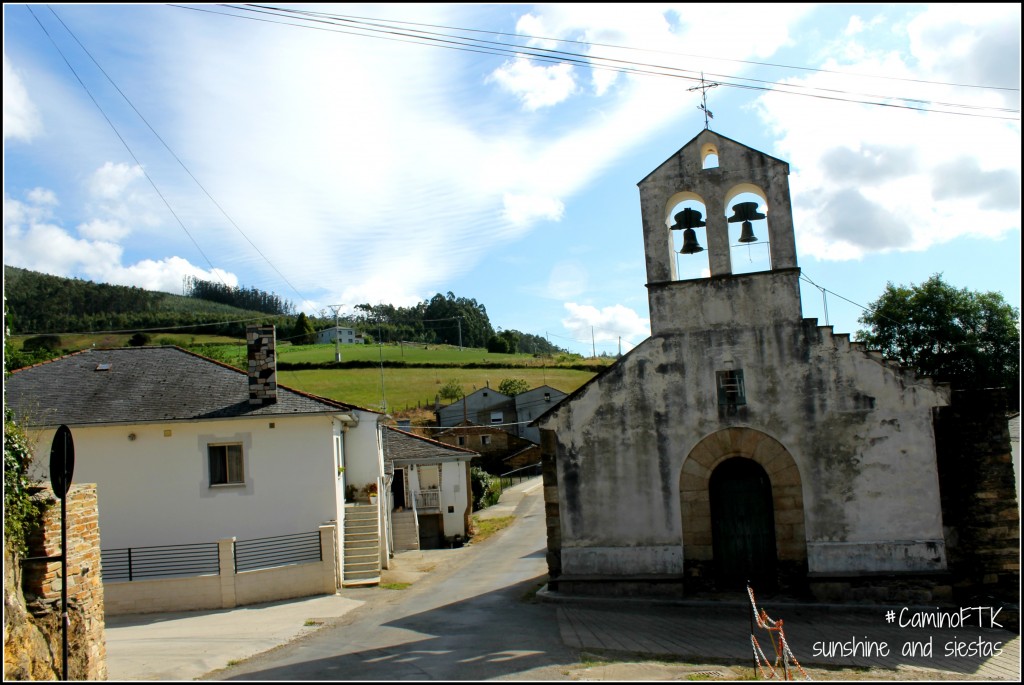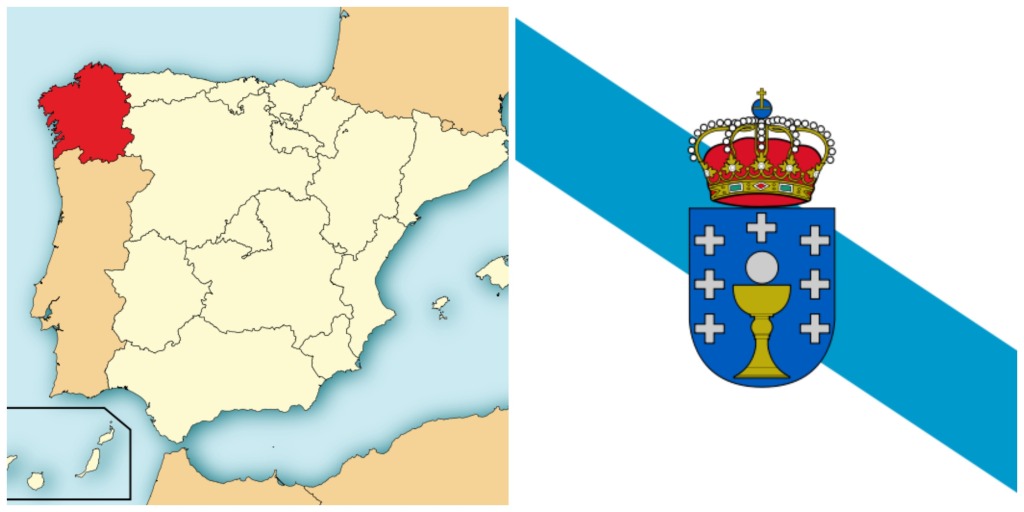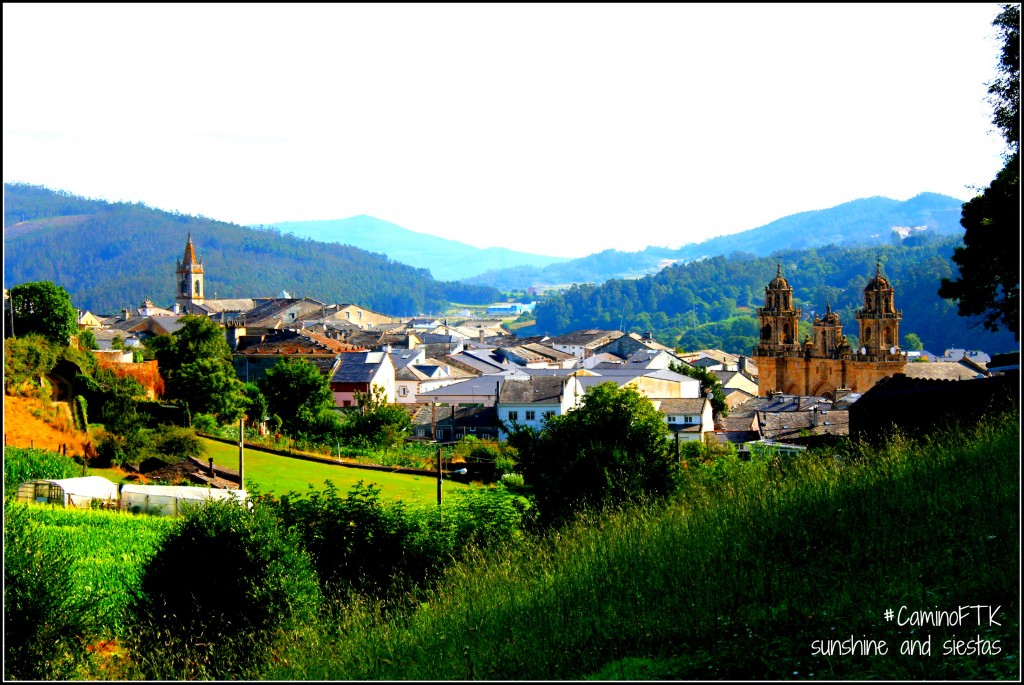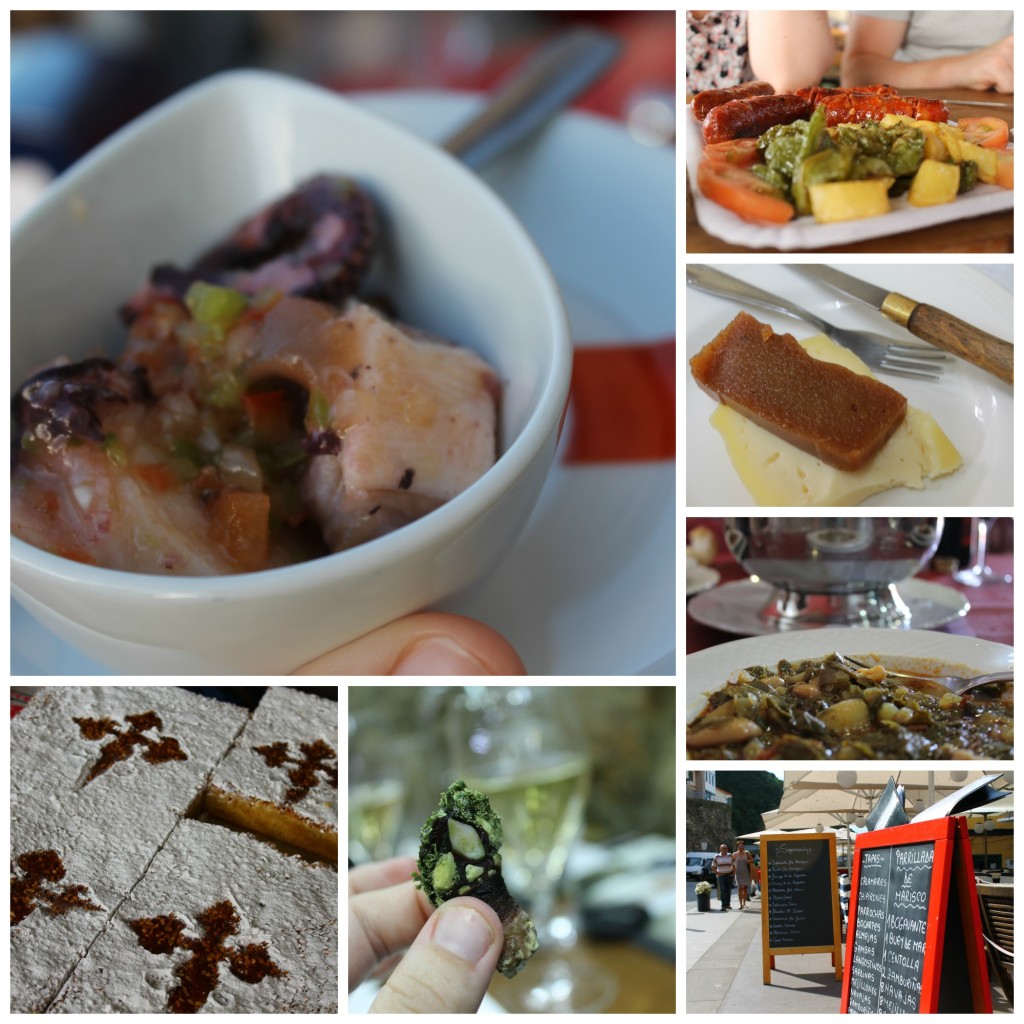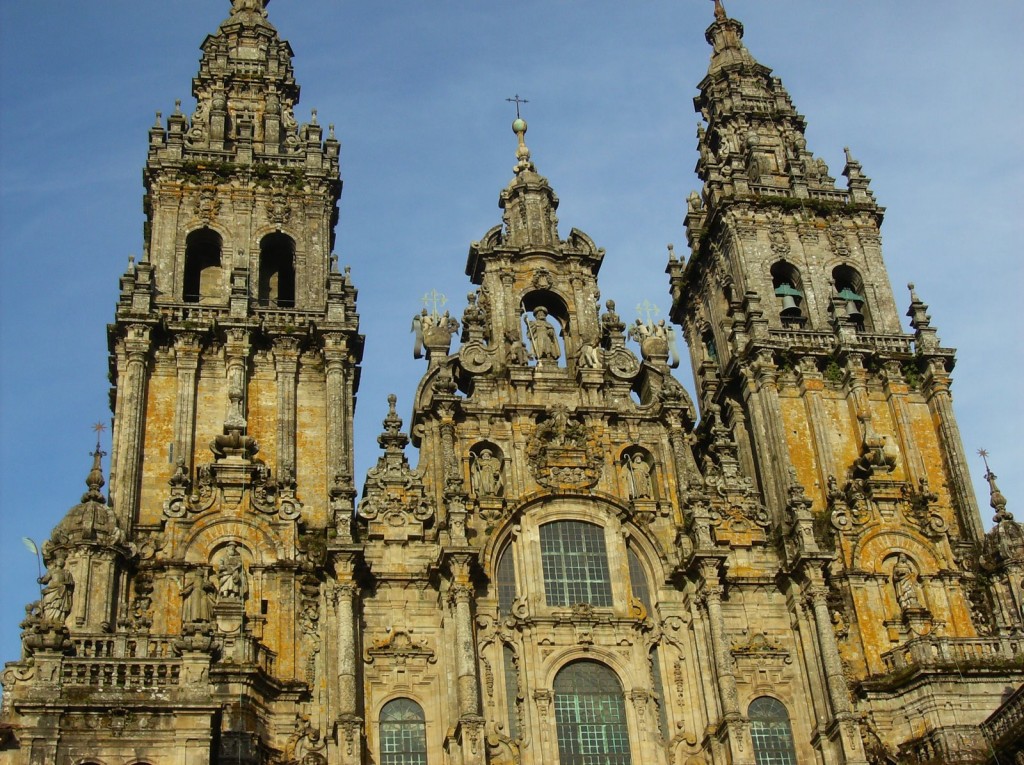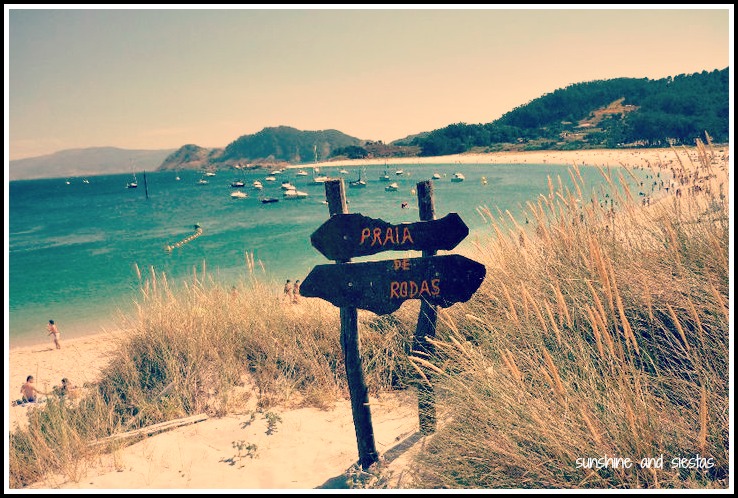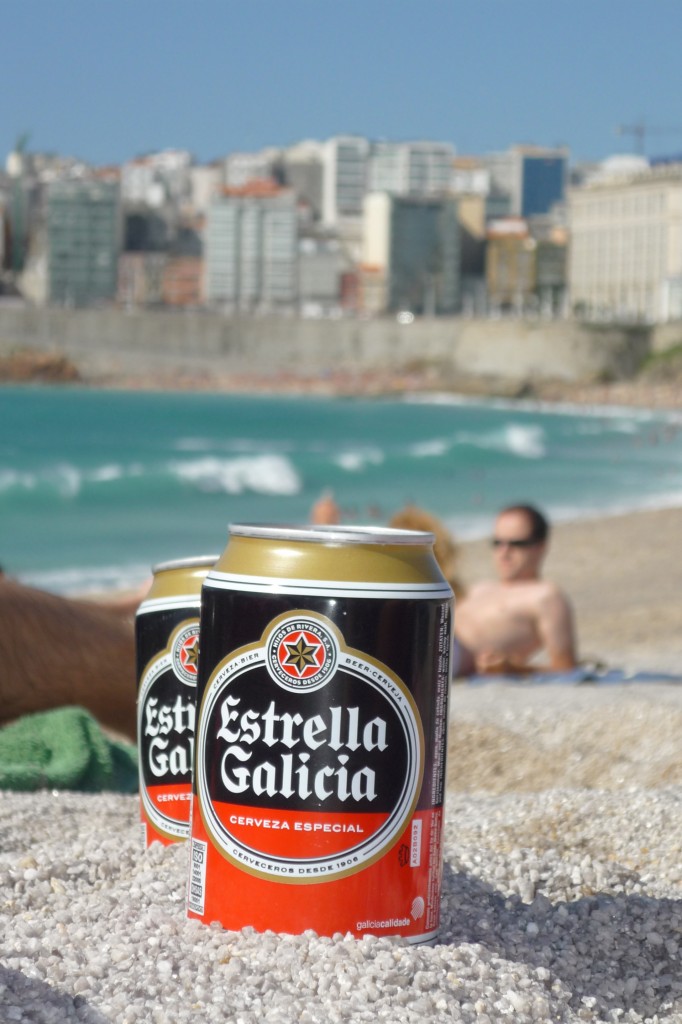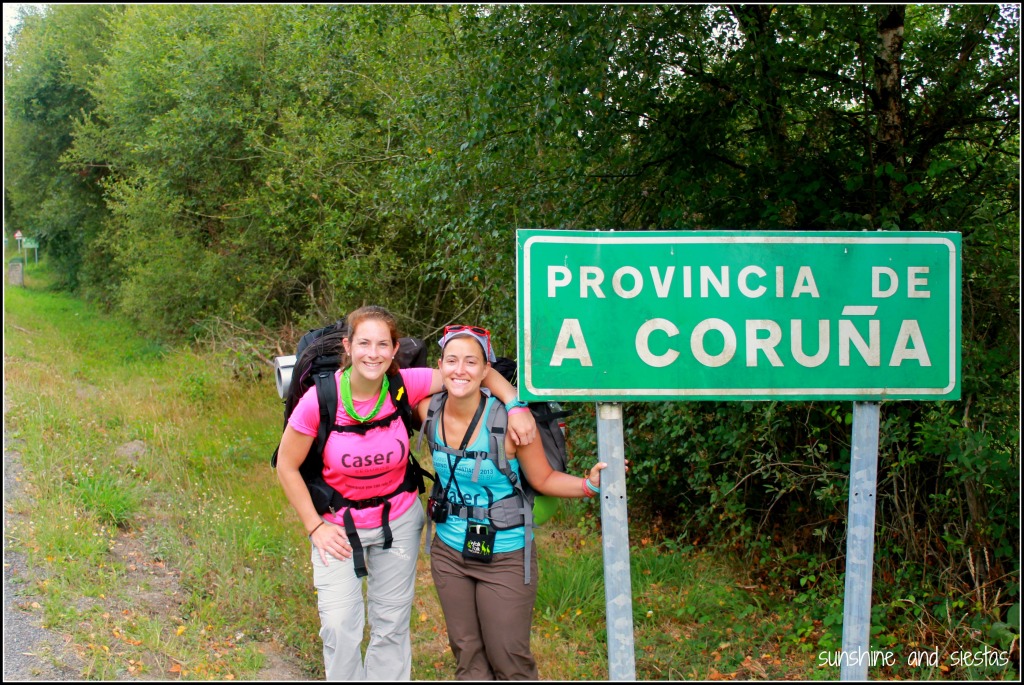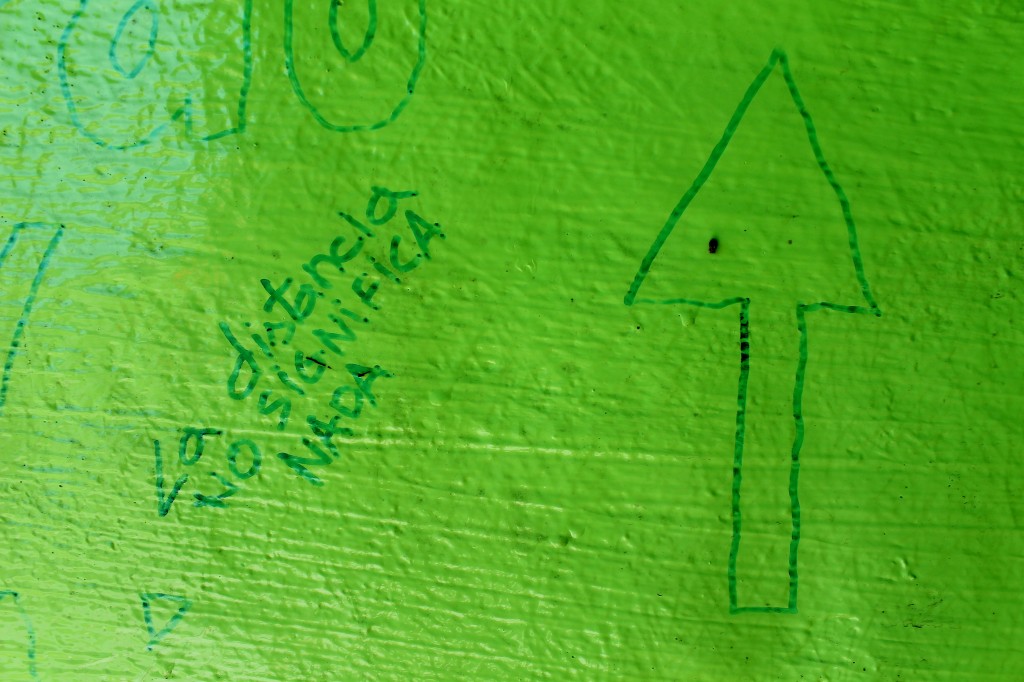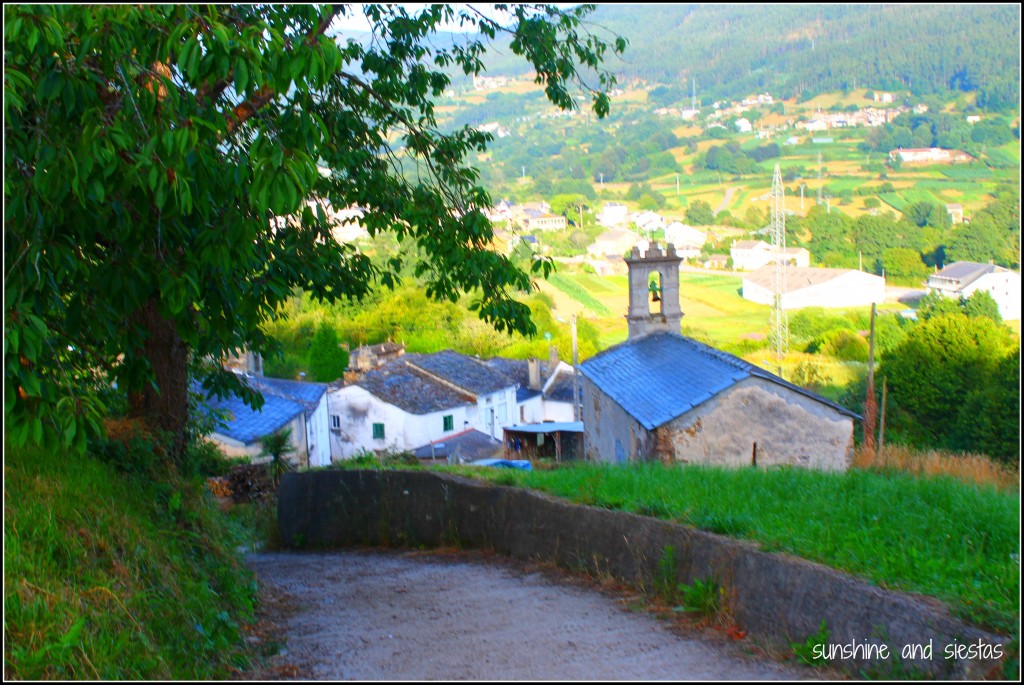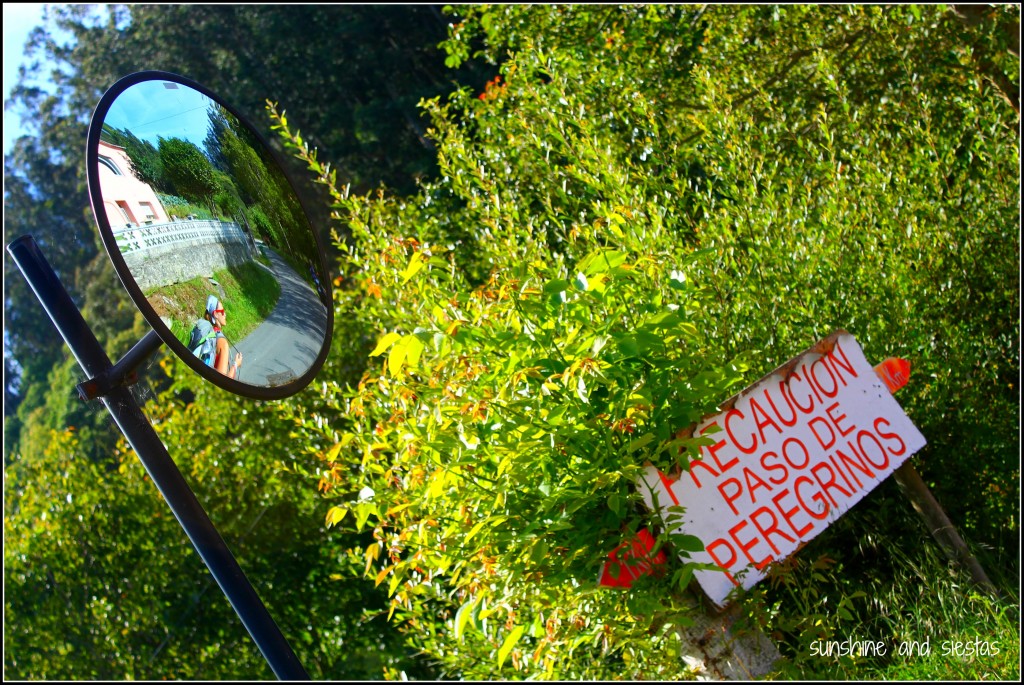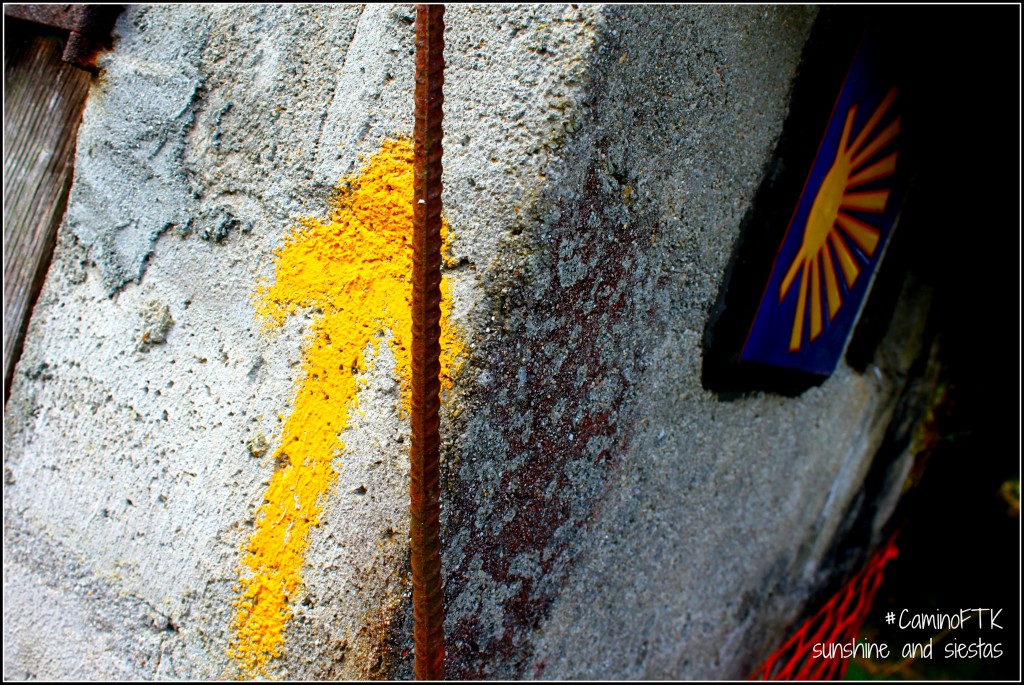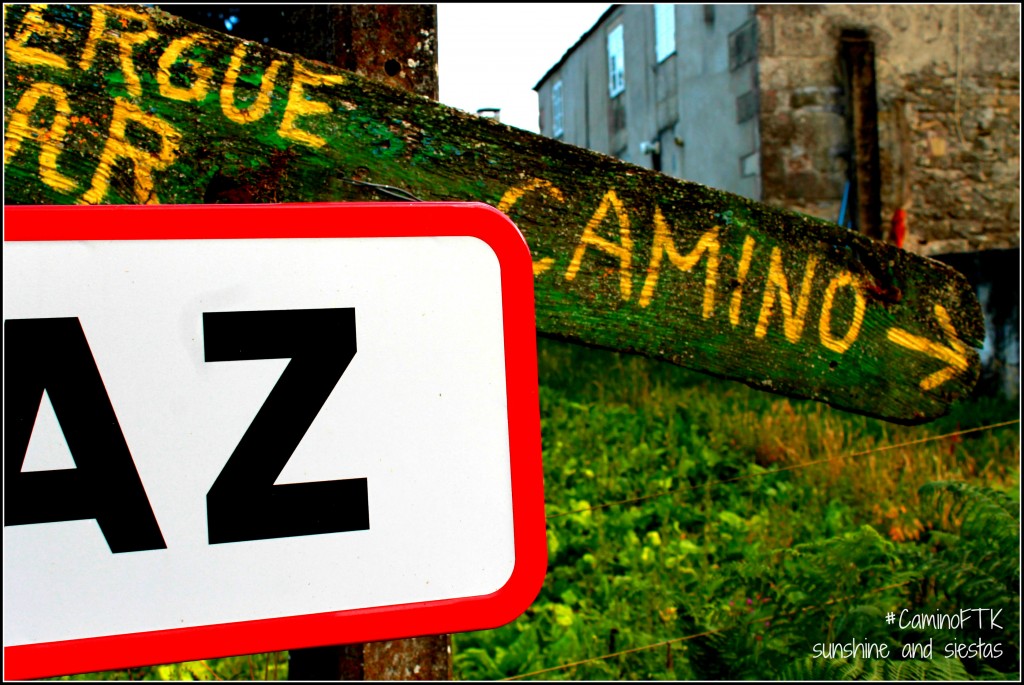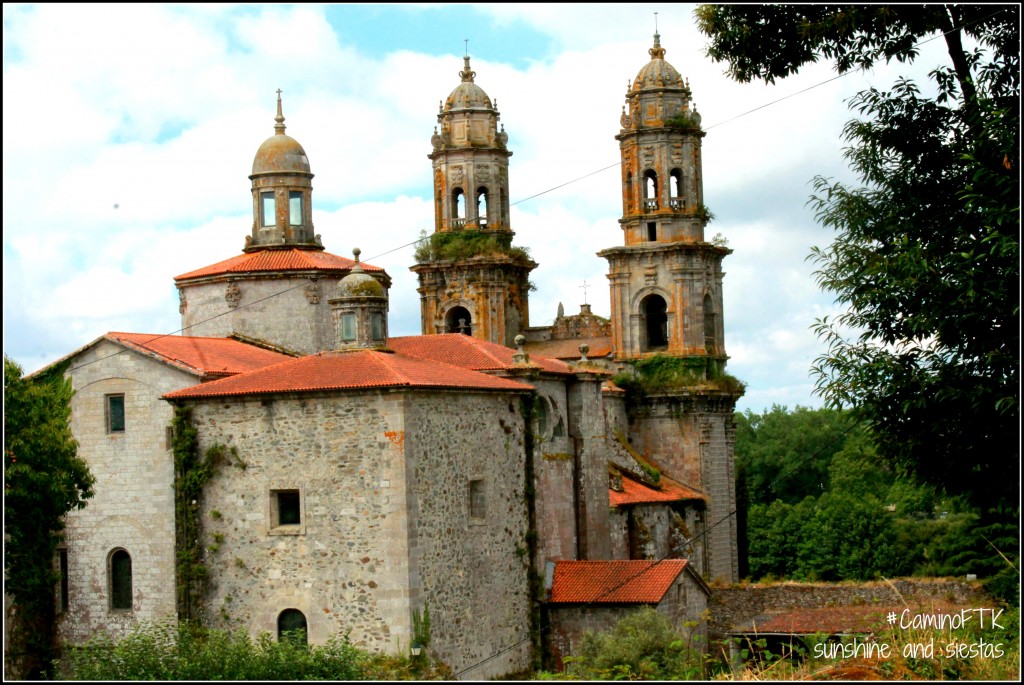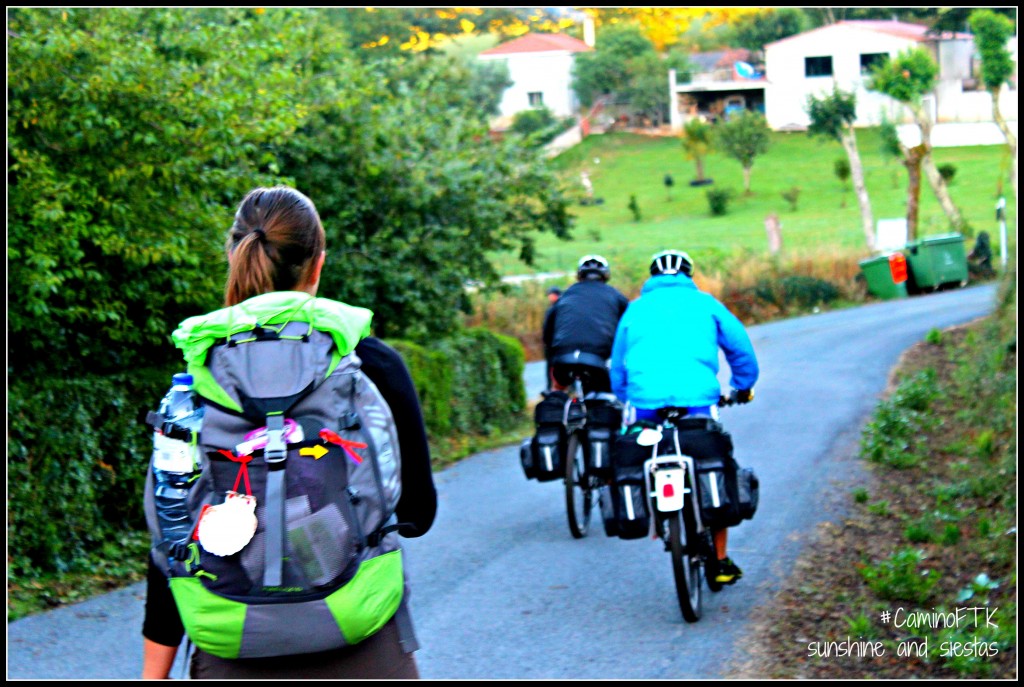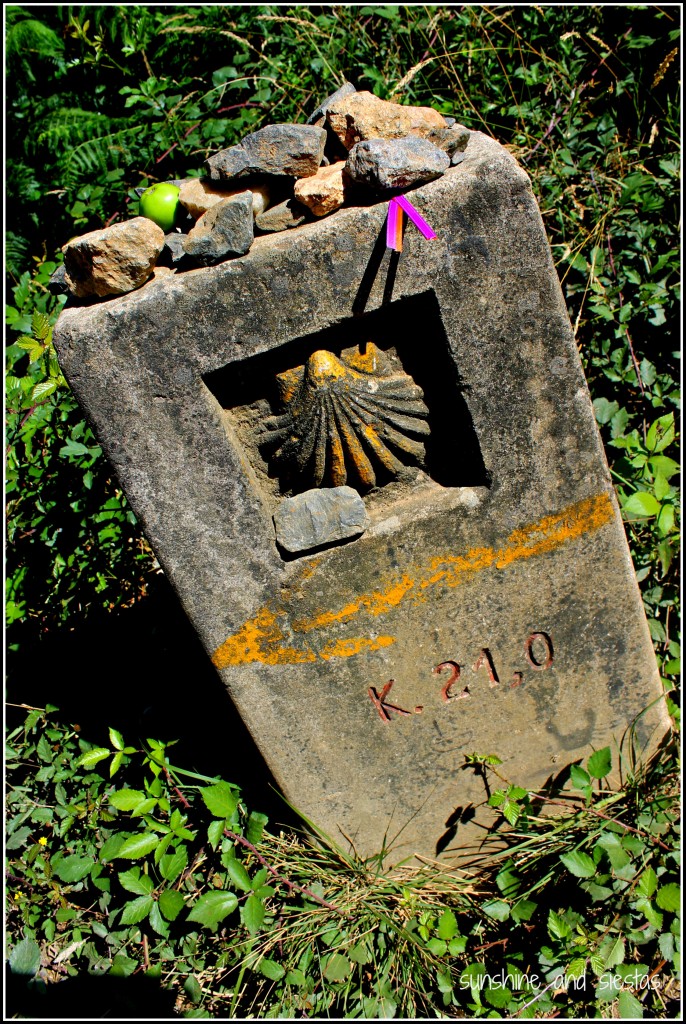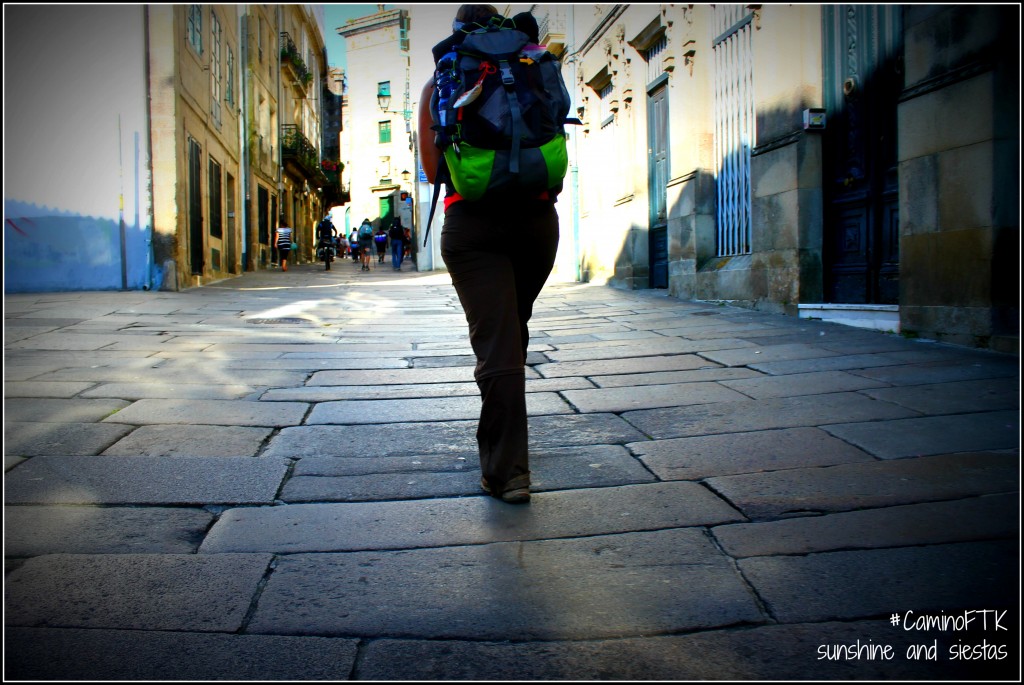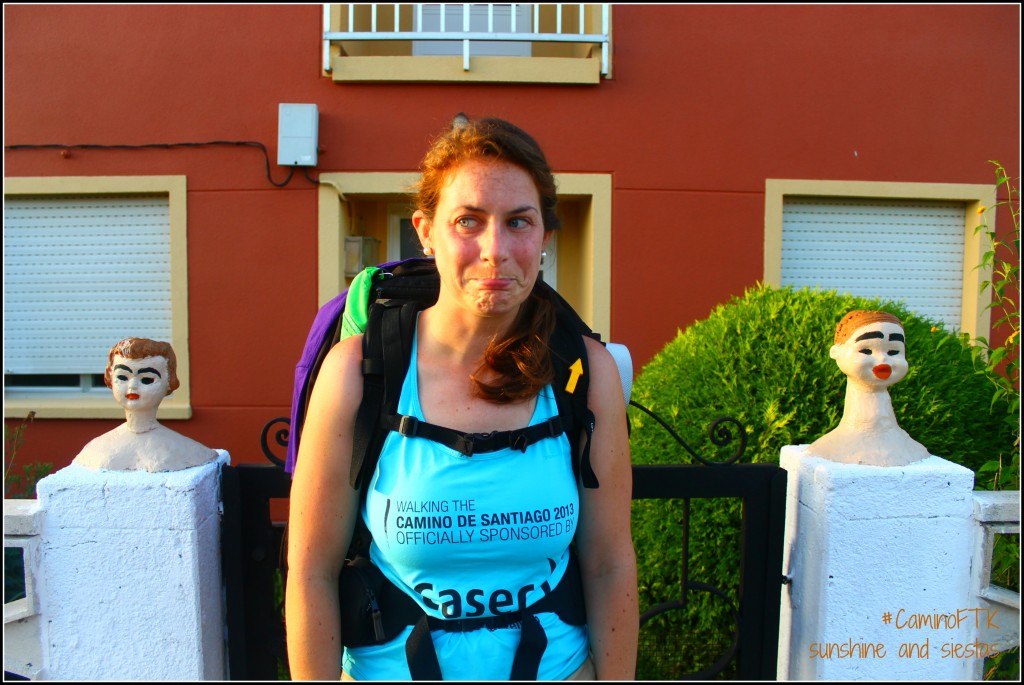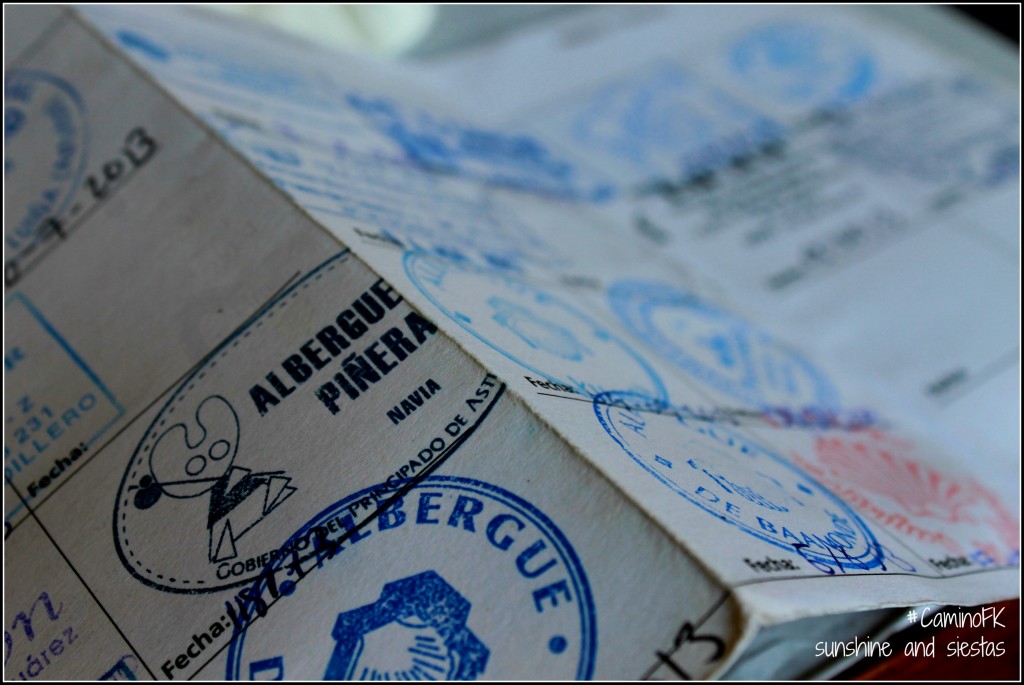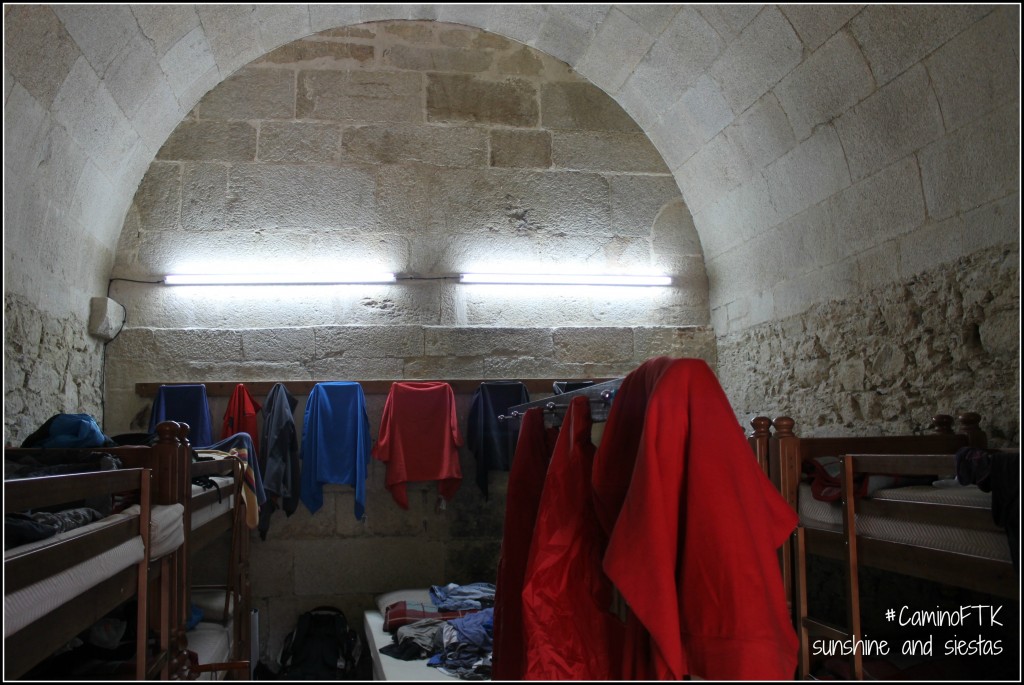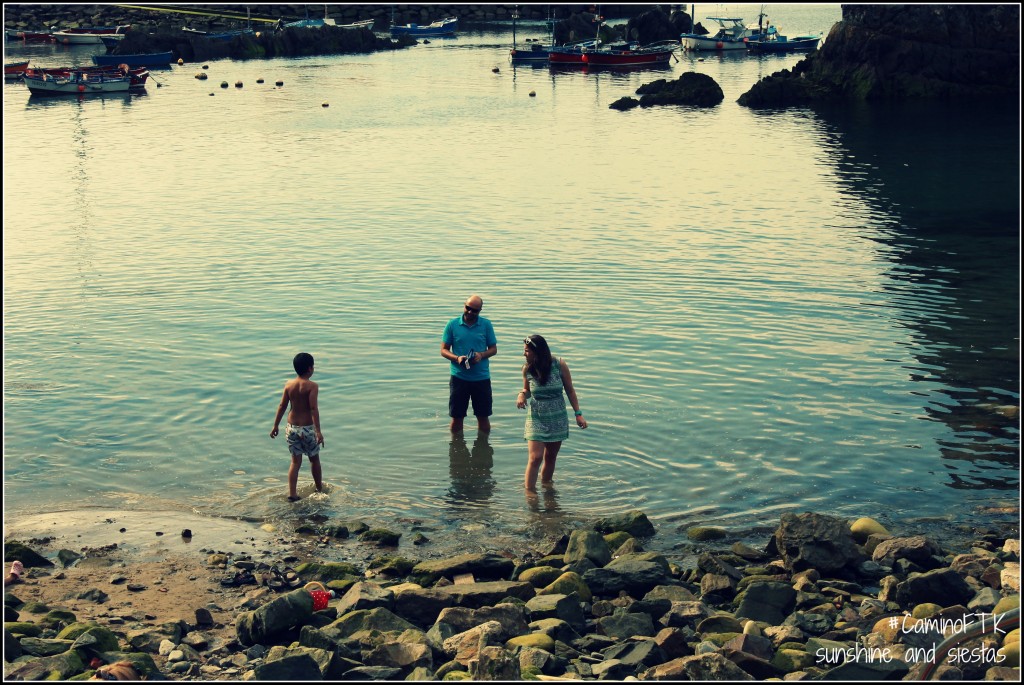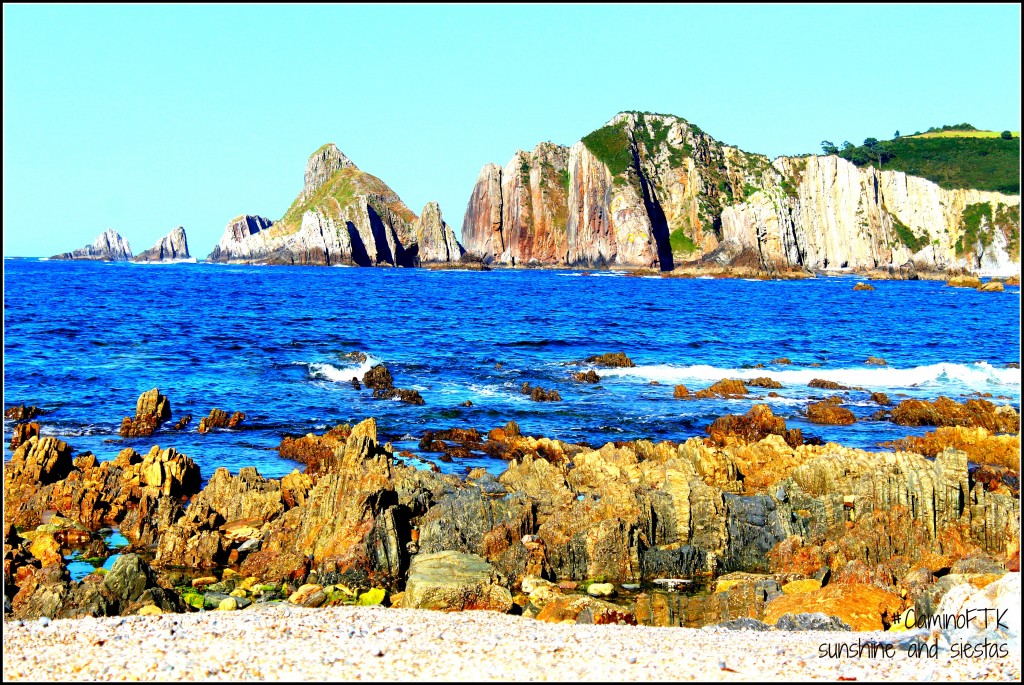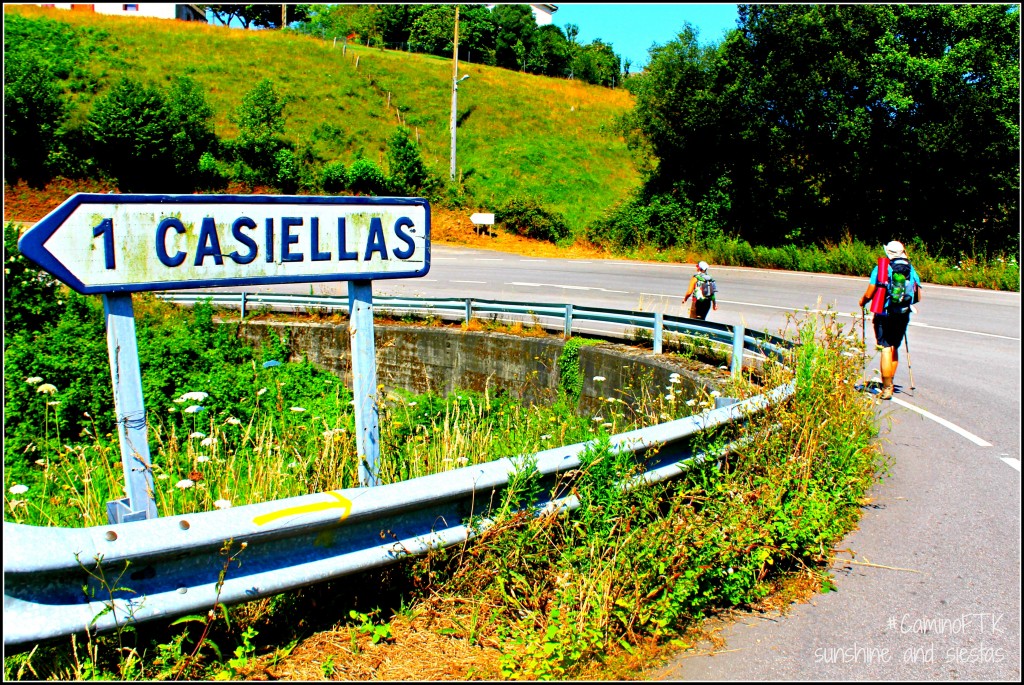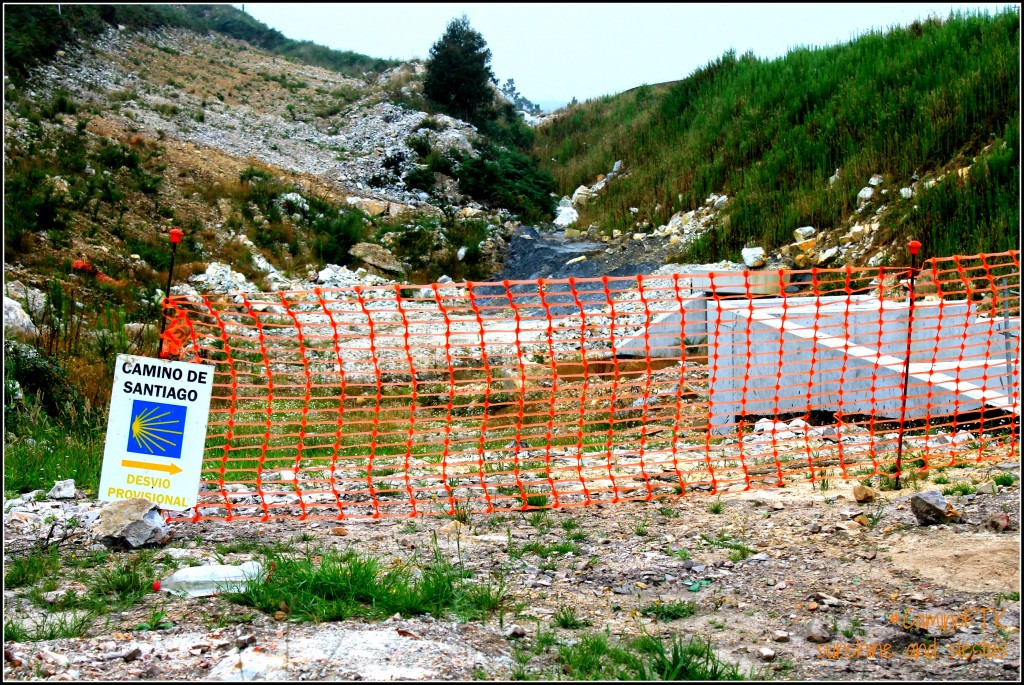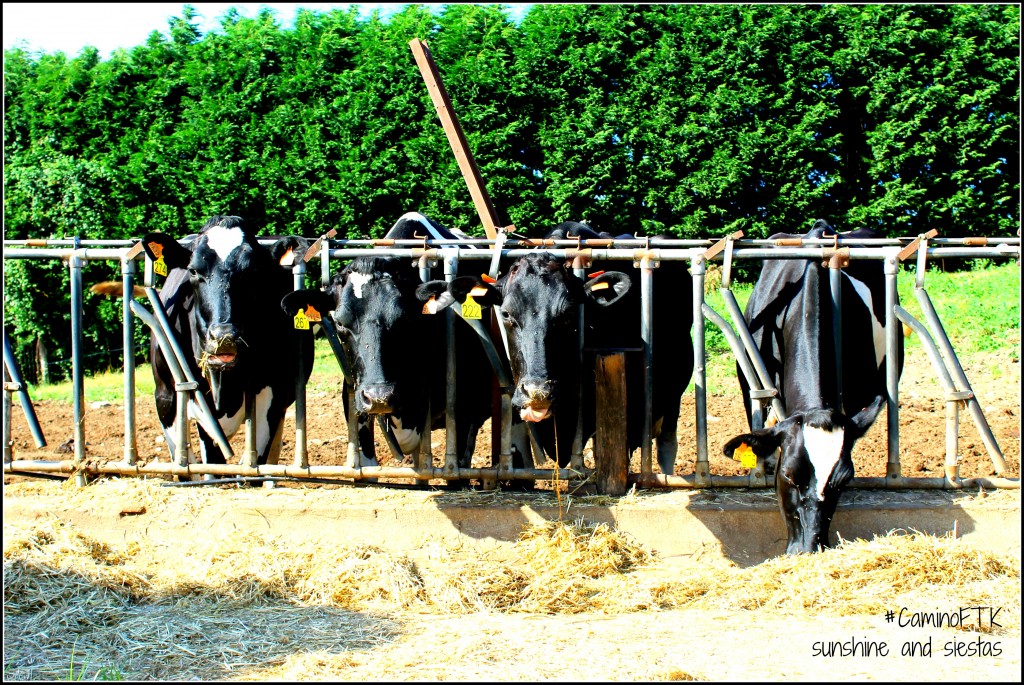“I’m very sorry to say it, but I prefer Northern Spain,” Diego said with a shrug. I returned his shrug and began regaling all of the places I’d been in Galicia and Asturias (and all the pulpo I’d eaten).
“So you’re a fan, I see?” he responded. Des-de-lu-e-go.
While Seville and Southern Spain will always be my second home and I was devastated to move away, I am deeply enamored by anything that touches the Cantabrian Sea. Though my time has been mostly logged in the occidental regions of Galicia and Asturias, I have clocked in 15 trips to the four autonomous communities that stretch along the northern border of Iberia.
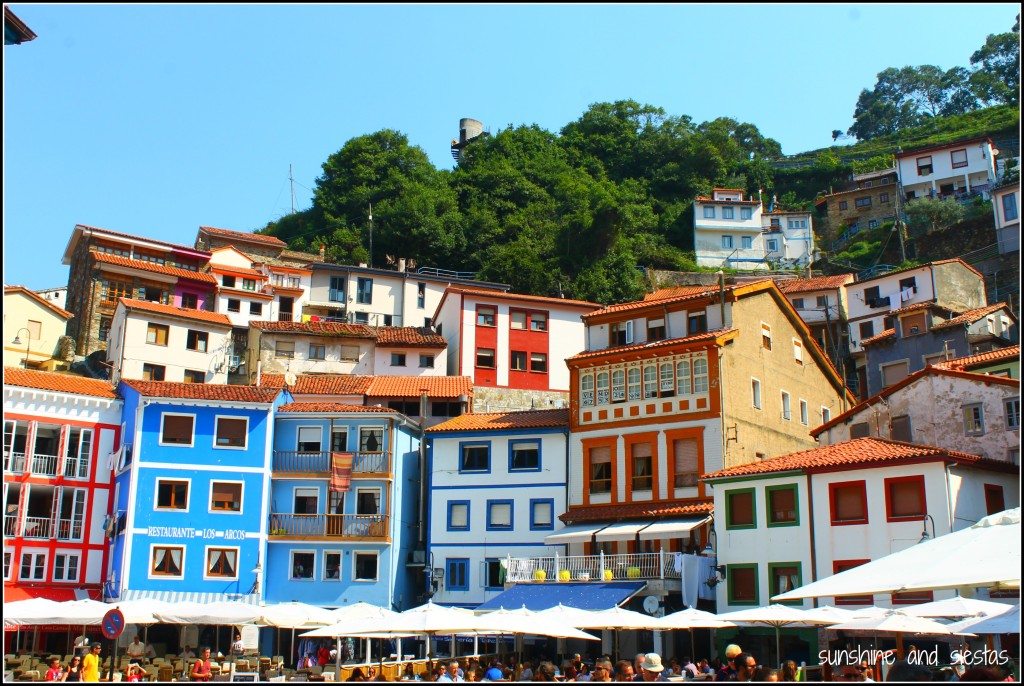
Northern Spain feels more authentic: there are beaches but they often lay silent. The food is rich and earthy, a true testament to the way that land is cultivated. Festivals are less about color and pizzazz and more about bringing people together around an open fire or an oversized plate of food, stacked high with local delights. There’s a quiet spirituality in the ruddy-faced Galicians, a whisper between Basques in their language – which has no ties to modern tongues – that breathes mysterious. Where the Andalusians skip letters, gallegos change Ns for Ñs: asturianos make Os into Us.
Anything from the Camino de Santiago and up, give or take, is the Spain you don’t expect to find.
A tour through the north of Spain is getting far off the beaten path. As in, limited-flights-and-bus-routes-and-barely-on-the-map off the beaten path. I’ve spent considerable amounts of time in the north, traveling through the westerly regions of Galicia and Asturias frequently and with a belly swollen by good food and drink and a heart filled with a morriña for a land so starkly different from Andalusia’s olive groves and whitewashed villages.
Feeling overwhelmed with so many beautiful beaches or lack of transportation? For holiday ideas and packages in Spain visit Bookmundi.
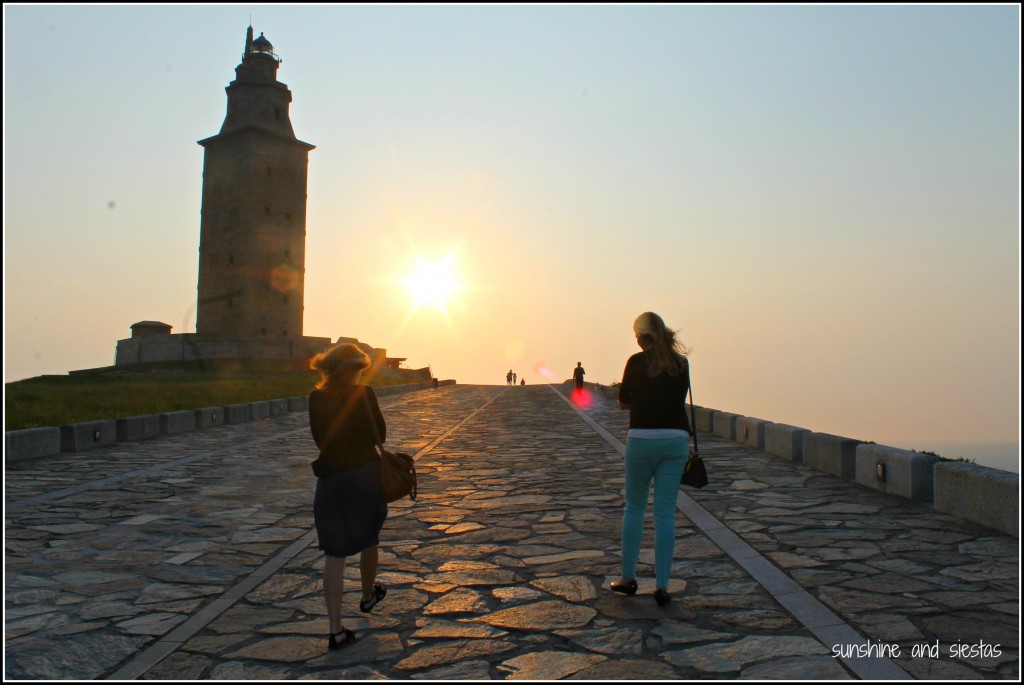
Galicia
Jagged coastlines, cheese shaped like a boob and a barnacle fisherwomen risk their lives to harvest, plus witchcraft, medieval stone villages and some of Spain’s most celebrated wine?
Secret’s out – Galicia is nothing short of surprising (and awesome).
I felt so moved by the northwestern region of Spain, in fact, that I spent five consecutive Julys there, culminating in tracing the steps of thousands of pilgrims through the interior of the Lugo and A Coruña provinces in search of plenary indulgence – and a bit of myself.
Walk the Camino de Santiago
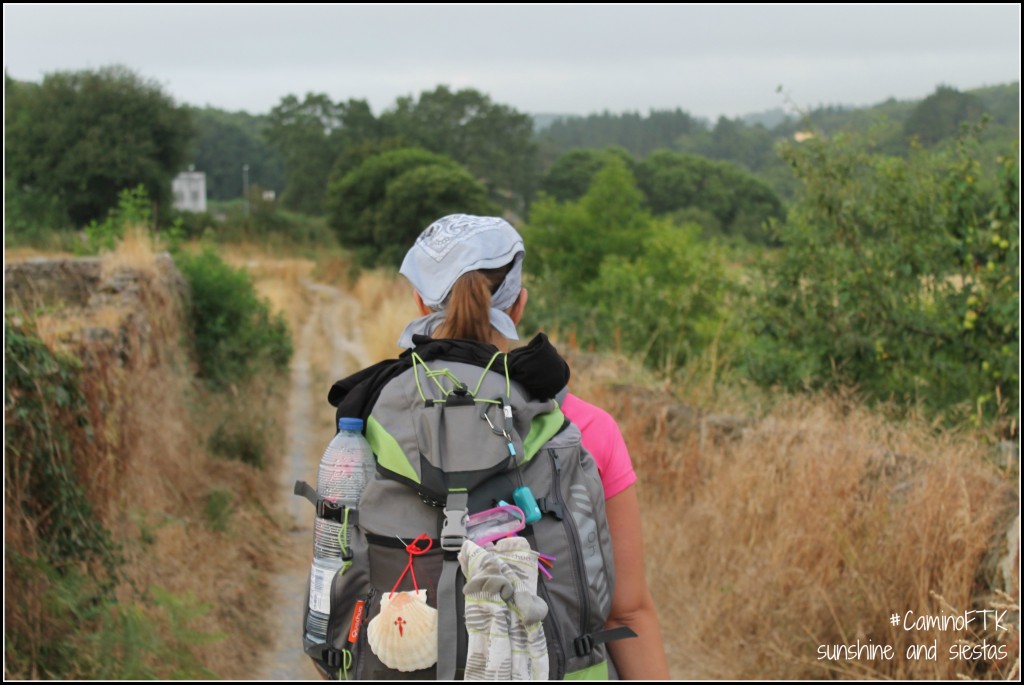
At the very top of my list is walking a pilgrimage route undertaken by the faithful and the adventurous. Though it’s no longer full of vandals and disease, seeing Asturias and Galicia on foot was magical and a way for me to more fully understand the north. For thirteen days, I carried a pack that was 1/10 my body weight, garnering blisters, stamps in a pilgrim passport and countless stories along the way.
Reaching the majestic Catedral de Santiago de Compostela after 326 kilometers and five blisters was a lesson in resilience in both myself and the people who believed this passage would earn them an automatic berth into heaven. While everyone has their own reasons for walking the Jacobean route, mine was a little mix of adventure and proving to myself that I could. It stands out in my mind – next to watching Spain win the 2010 World Cup (I watched in Galicia, no less!) – my most vivid memories of a decade in Spain.
As the botafumeiro swung over my head and I clutched my compostela certificate, I promised myself I’d do it again.
Indulge in a mariscada, queso tetilla and pimientos de padrón
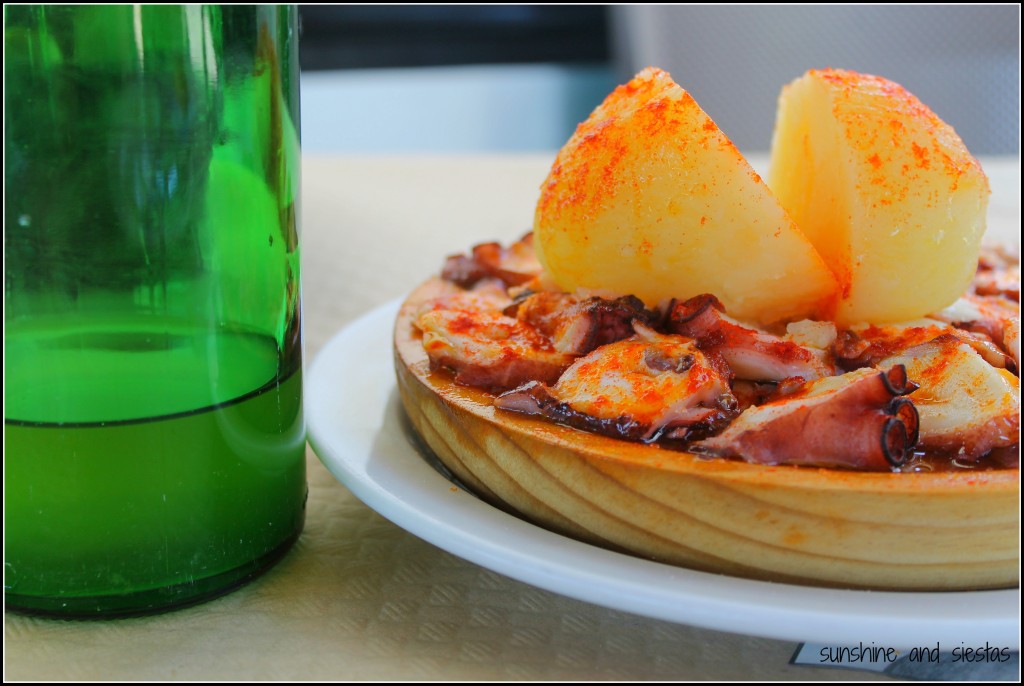
When I worked at an English language summer camp in Galicia, a part of my paycheck went straight to an all-out seafood fest. Piled high on a serving platter, we’d pick through boiled shrimp, sweet, plump crab legs, ugly-looking gooseneck barnacles whose goosebump purple skin hides tender meat. We’d toast to a job well done and feast like kings before taking our bounty (and an extra kilo or two) back home for rent and bills.
Queso tetilla, a creamy sheep’s cheese shaped like a tit and called like one, too, flash-fried pimientos del padrón sprinkled with sea salt and fried or marinated chunks of pork loins, washed down with crowd pleasing Estrella Galicia beer or a crisp Albariño wine filled my evenings after classes. And that’s not to mention the plato estrella – boiled octopus served over a bed of potatoes with a dusting of sweet, smoked paprika, polbo a feira.
The best part? It’s wickedly cheap. Tapas for a euro or two, a full-blown ración for under five. During my first trip, we assumed we had stumbled upon an overprice tapas bar only to be overwhelmed with the amount of food placed on our plates. And while walking the Camino, we ended up in someone’s dining room squished between truckers, noshing on a soup because there was no set menu.
If you love food, don’t miss Galicia (or my list of best places to eat in La Coruña).
Visit the Islas Cíes and Playa de las Catedrales
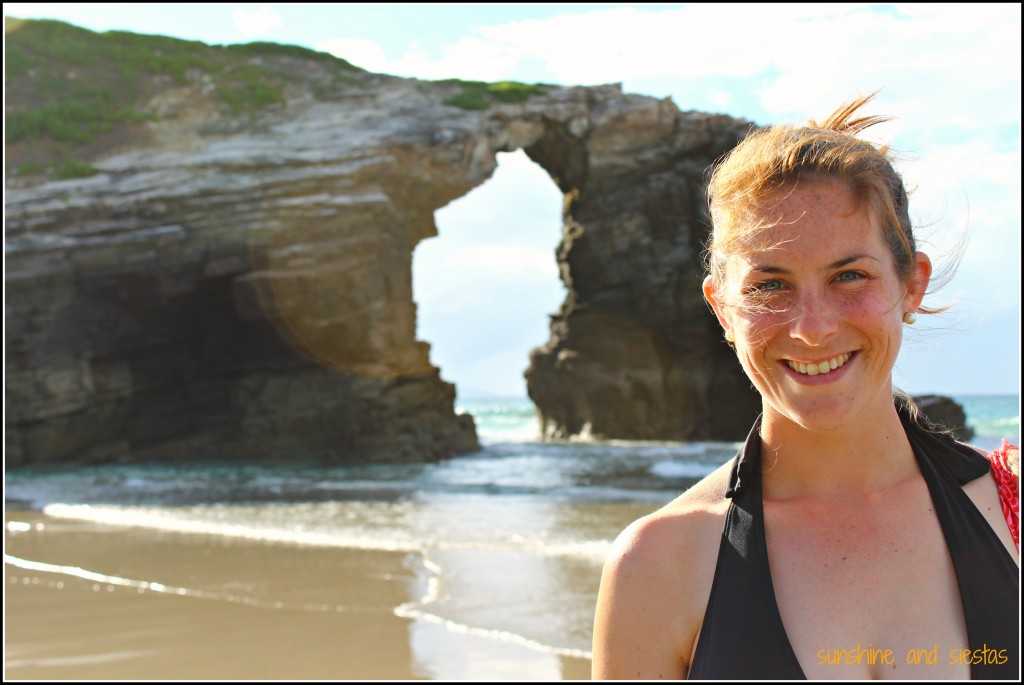
Whereas the Costas are full of Northern Europeans, busy boardwalks and mediocre eateries, the 1500 kilometers of coastline in Galicia hide pristine beaches where you’ll be joined by families, fisherman and a Gadis supermarket bag of food. They’re staggeringly beautiful and – by Spain standards – untouched.
The majestic Playa de las Catedrales (Praia des Catedrais) was just a short taxi ride off of the Camino from Ribadeo, and we took advantage of a low tide to climb down worn stairs and walked between rock formations, toes in the sand. The cliffs, covered in goose barnacles and home to sea crabs, resemble the soaring naves of cathedrals (If you go: as of 2017, you must snag a free ticket to visit the beach during low tide).
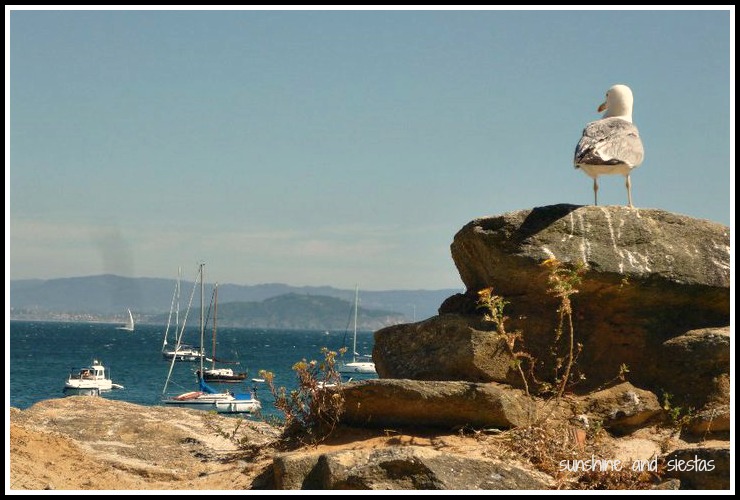
You can also take a boat ride to the Islas Ciés biosphere, facing the bustling port of Vigo. The chain of islands is considered to be one of the most picturesque parts of Spain, and its Playa de las Rodas was named the Best Beach in the World in 2013. We camped out, arriving early to hike the myriad of trails that crisscross the archipelago and eating sandwiches we’d prepared in Julie’s kitchen before sharing beers with others while watching the sun set over the Atlantic.
From Sanxenxo to the Riazor to the cliffs at Cabo Fisterra, it’s worth renting a car and taking advantage of the paisajes.
Attend the Patron Saint Festival in Santiago de Compostela
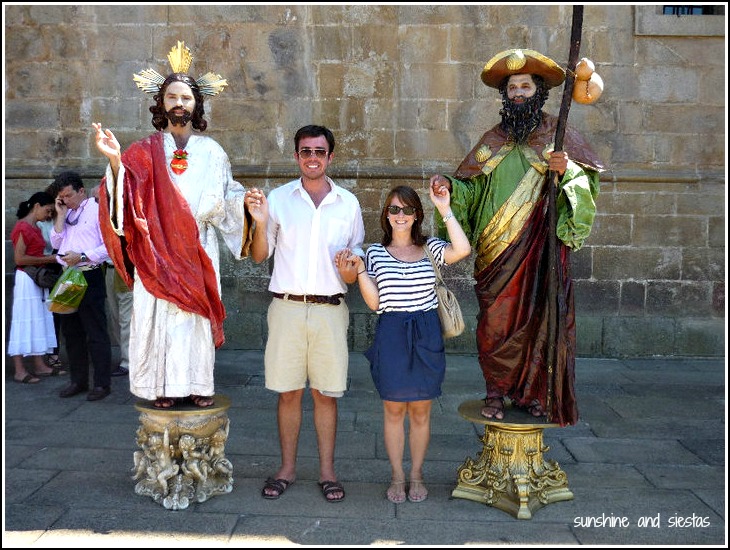
Spain’s holiest site is the massive cathedral of Santiago de Compostela, where the cockleshell-covered remains of St. James were said to be discovered by a hermit in the early 9th Century. After primitive shrines and chapels were burnt to the ground during the Muslim raids on Galicia, the Mixing Romaneque, Baroque and Gothic architectural hallmarks, it is the jewel in he crown of a lovely city steeped in pilgrim lore.
It’s also the focal point of massive celebrations that fall on July 25th, a holiday in Spain commemorating the patron’s role as the Matamoros (Moor-Slayer), in which St. James was said to descend from heaven to slay the Moors that were overtaking the Iberian peninsula. Imagine the Alameda park jammed full of carnival rides and stands peddling cotton candy, concerts in practically any open square or green space and a midnight fireworks display.
We went on a whim, packing our Gadis bags with bottles of alcohol, snacks and an extra layer of clothing for good measure. We bounced around the concerts, leaning on one another as the fireworks lit up the night and the western façade of the cathedral before passing out on the short train ride up to La Coruña in a heap.
Extra points if you attend during a Xacobeo year, when the holiday falls on a Sunday and swells with pilgrims destined to reach the temple before the Misa del Peregrino on the Holy Day. It’s every 6-5-6-11 years.
Principado de Asturias
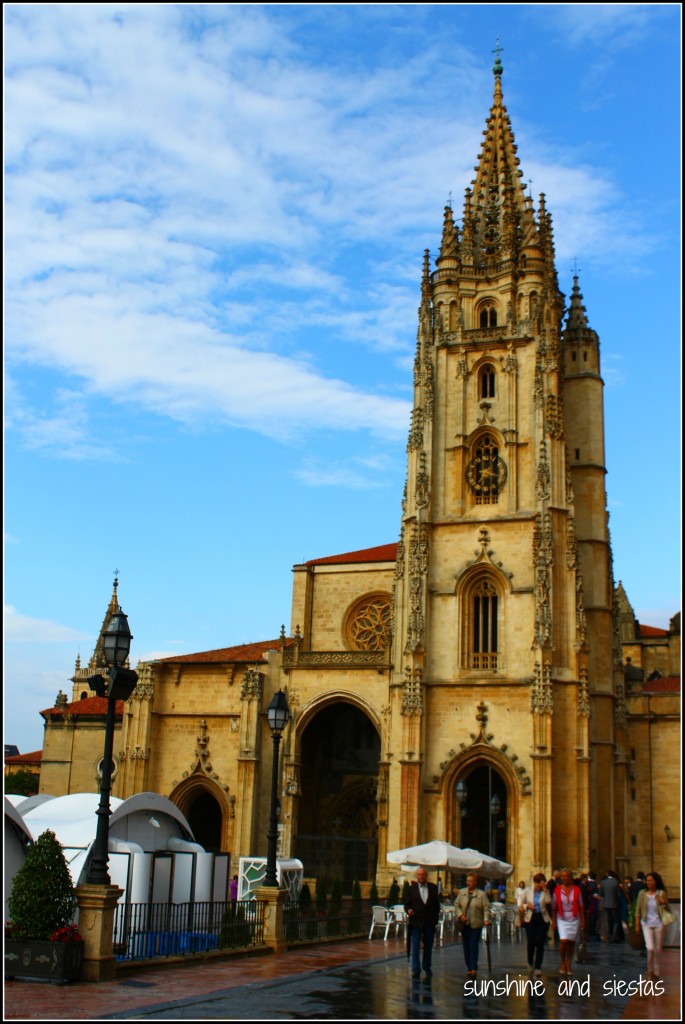
I have a soft spot for Asturias – my mother-in-law was born here and my favorite Spanish dish is a hearty fabada, so not even a 13-hour drive from Seville to rain-soaked Oviedo one Easter weekend would have tainted my love for what some label as a paraíso natural, or natural paradise.
In-freaking-deed. The Picos de Europa – said to hold the last bastion of Spain safe from the Moorish conquest – frame rolling hills where the country’s best fed cows that lead to the ocean. Like Galicia, you can find D.O cheeses here, eat a cachopo the size of your forearm and kick back fizzy culos of fermented apple juice, called sidra.
In fact, we love Asturias so deeply that we spent our babymoon here and took the Babyman up for our summer trip the following year. Maybe it’s the mountains or the hamlets that top them or the fact that the people in those villages traverse those mountains for the right cheese seasoned with paprika.
Pueblo-hop through fishing villages
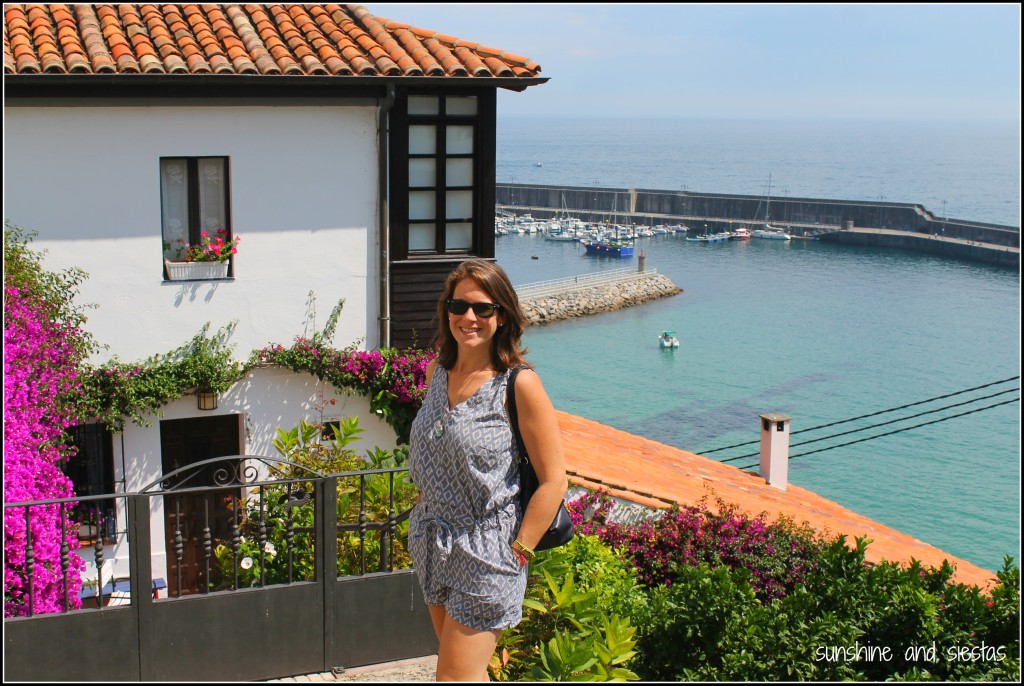
Asturias is known for its quaint fishing villages. Perched around small bays and river mouths with boats with peeling paints bobbing off a pier, they are literally worthy of your phone’s entire camera roll.
Cudillero, Luarca, Tapia de Casareigo… you can literally follow the N-630 highway that snakes between the Picos de Europa and the ocean, stopping off at any one of them for fresh seafood and an abundance of abuelos. Throughout the summer months, these villages swell with travelers and former residents who left for the big city and its work opportunities. But pueblos in Asturias make you feel like a local. When we stayed at La Casona del Faedo for two consecutive summers, we were greeted with a hug and pinched cheeks, just like a grandma would do. The cabrales cheese at El Reguirín in Oviñana was creamier than the year before. Our pictures appeared in a local paper at a goat roasting festival.
And when the Novio cooks fabada with the smoked embutidos and bulging fava beans we bought last summer in Grado, it’s a big, fat hug.
Visit the pre-Romanesque churches of Oviedo
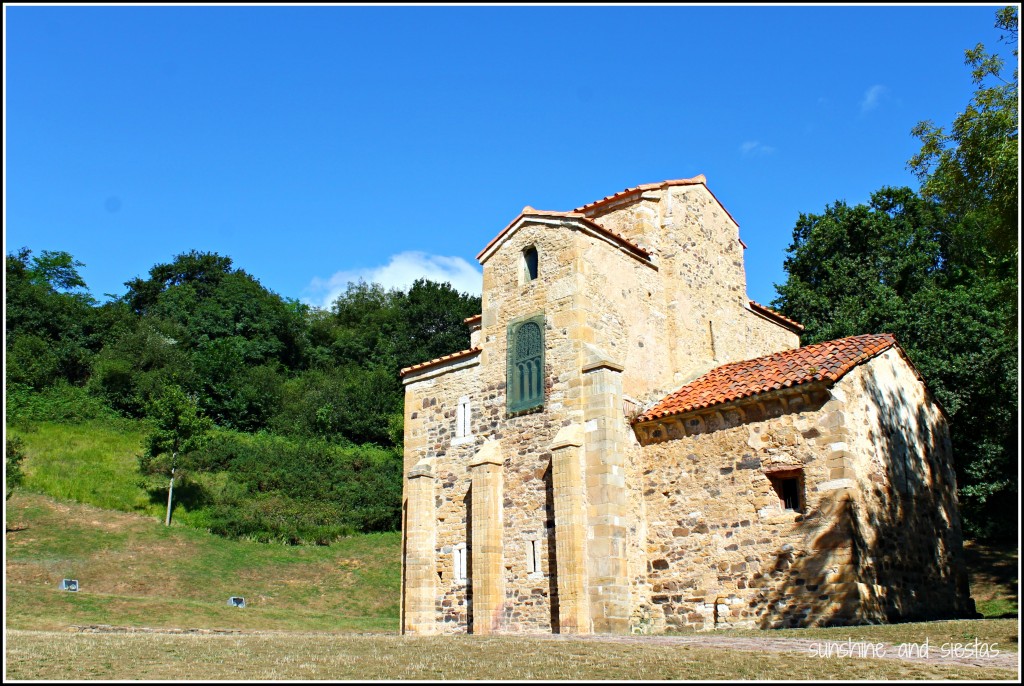
Urban centers in Asturias are somewhat relative: you can see the capital city of Oviedo in half a day while whiling away the rest at a sidrería or sleeping off a huge potaje. Urban tourism takes a backseat to the gorgeous landscapes and outdoor activities – and by a long-shot. But if you don’t miss one thing in Uvieu – local tongue for the city – it’s the pre-Romanesque churches perched above the city.
Coinciding with the start of the Muslim campaign in Iberia in 711, the following two centuries saw a burst of box-like structures that later became places of worship. The Principality is dotted with them, but none more accessible or charming as those of San Miguel de Lillo and Santa María del Naranco.
When my friend Claudia moved from Sevilla to Oviedo, I took advantage of starting the Camino in Avilés, just a stone’s throw away, to spend a day with her. We took an early hike up to the Naranco hill that faces the city to the churches, wonderfully preserved and worthy of a UNESCO World Heritage Site listing. Reflecting on our years as extranjeras in Spain and passing a milanesa between us, it seemed incredible that Spain eclipsed our two countries in age and enlightenment.
Visit the convent at Covadonga and the Picos de Europa
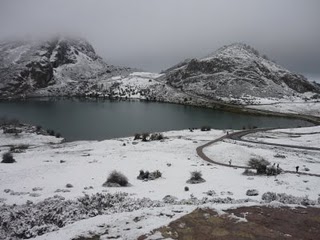
Having married someone with Asturian blood, I was to pay tribute to one of the most important places in Asturian history: the monument at Covadonga. Tucked into the Picos de Europe above Cangas de Onís, a church and hermitage are one of the region’s most visited sites.
In 722, when Muslim armies were overtaking Spain, the Christian Iberians took refuge in the Picos under Pelayo, destined to become the first king of Asturias. The salmon-colored basilica spires poke out between the foggy mornings that seem to linger in the mountains, slow to burn off and reveal the area at face value. Clinging to the mountain face is a small hermitage, where the Virgen de Covadonga reputedly killed would-be conquerers by provoking avalanches – she is so beloved in Asturias that many young girls are baptized in her name.
The lakes can be hiked, so long as your timing is right between tours, seasons and frequent road closures.
Descenso de la Sella
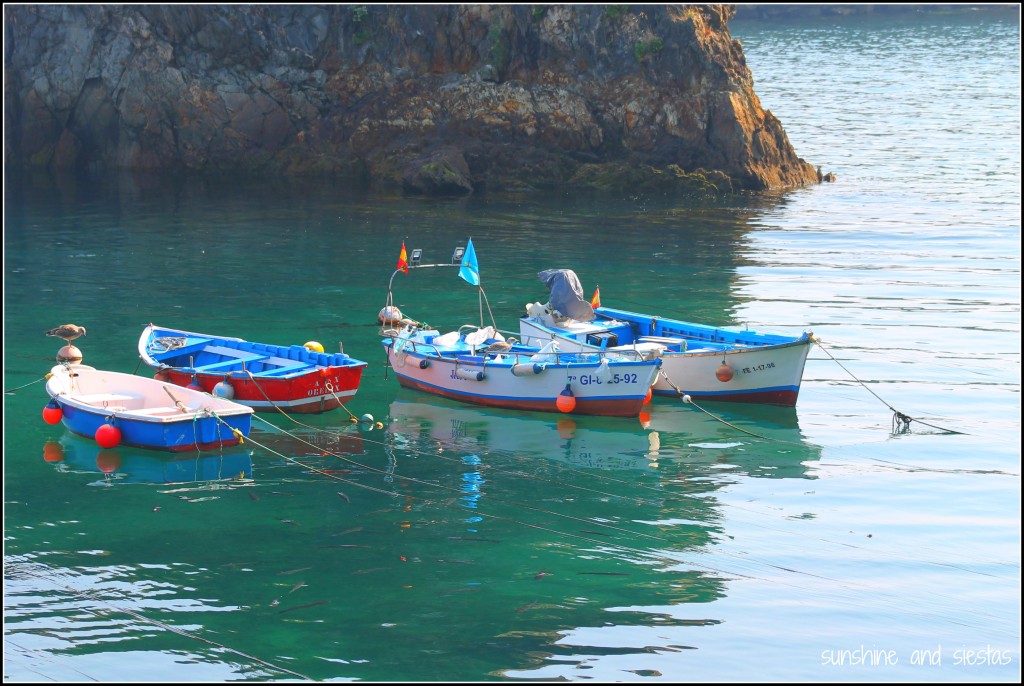
Although I myself haven’t done it, smelling and seeing the Novio and a friend tumble off a bus in Valladolid clued me in to this festival, held in August annually. August truly is festival season in the Principality, and the Descenso de la Sella is as Spanish a mix as egg and potato – sport and fiesta seem to come together as well as a tortilla de patata. There is a competition where kayakers race 15 kilometers downstream from Arriondas to Ribadasella, a charming village that shares a coastline with the Sella river and the Atlantic.
Revelers camp along the way, between the two villages, loading up on cider and whatever food they can manage. Known as the Fiesta de las Piraguas, there are costumes, concerts and bars set up on the banks of the Sella and at the finish line. This year’s event is set to take place on August 4th.
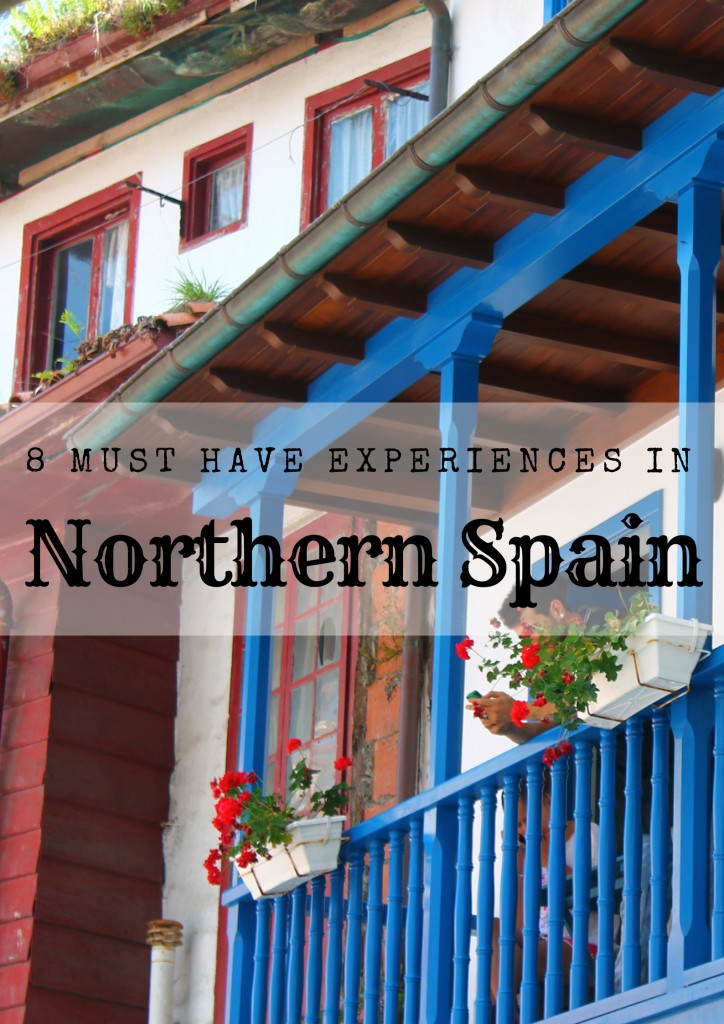
Madrid has lost its sheen to me, a city with a profound history that seems reduced, at times, to chain restaurants and a flood of tourists. While you can’t miss its multitude of museums, if you’re looking for a Spain ajena de tapas and flamenco and, ahem, sun-soaked coasts, put the northern provinces on your list.
Have you ever been to Galicia or Asturias? What would you recommend seeing, doing and eating?


